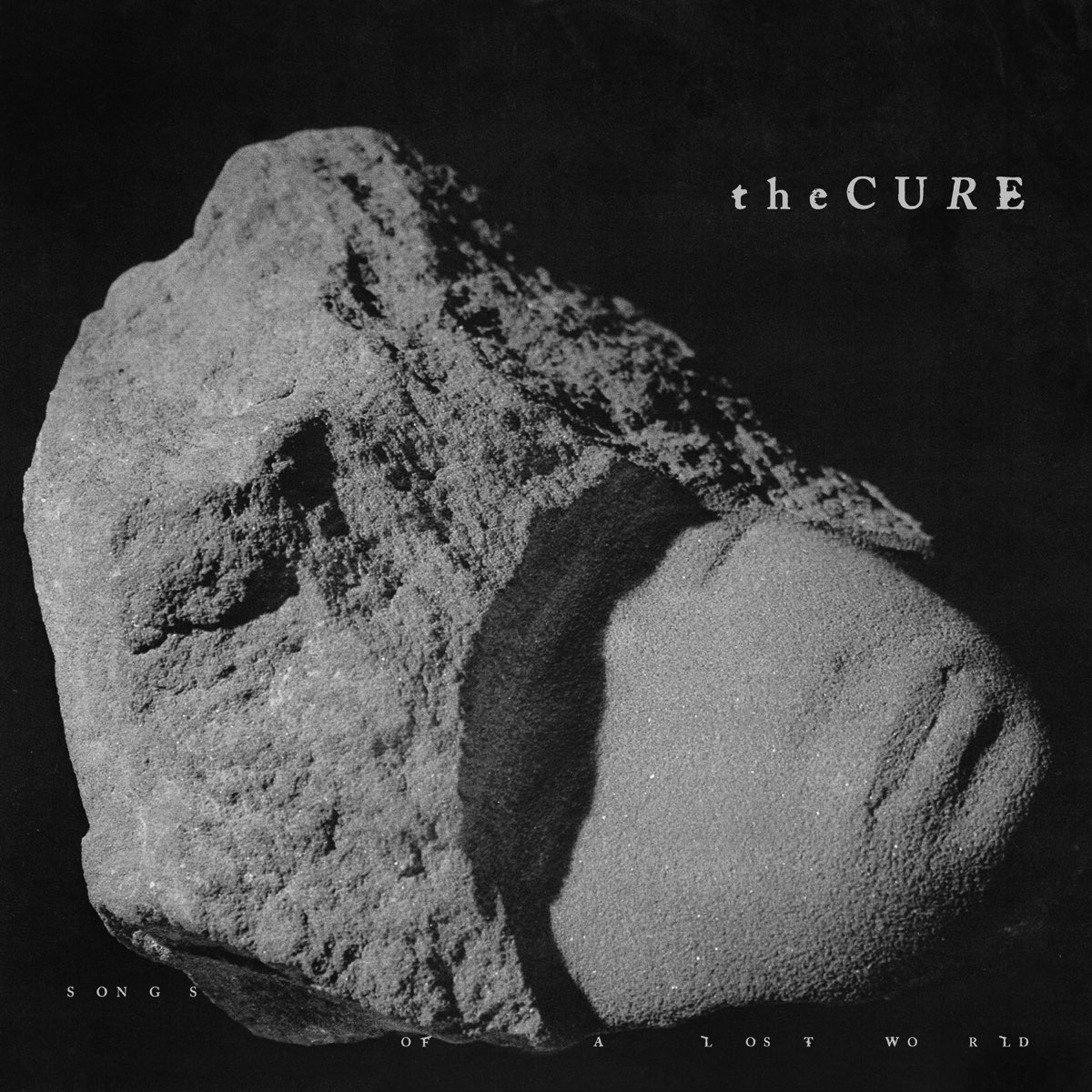Album Review: Songs of a Lost World – The Cure
Review by Jaya Kohol
If there is one thing that my Gen-X mother instilled in me as a young girl, it was a profound love for the dark-wave icons The Cure. I grew up with CD mixtapes full of songs like “Lullaby” and “Fire in Cairo” frequently singing along to all of “The Head on the Door” in the car on my way to school. So when frontman Robert Smith announced he was working on new music two years ago, my mom and I rejoiced; We got to see the band in concert together at Madison Square Garden on their massive North American tour during the summer of 2023, both of us clad in black and silver jewelry, myself a reflection of my mother’s youthful new-wave-enthusiast college self. After months of teasing and waiting, The Cure have returned with a full length album, titled “Songs of a Lost World,” for the first time since 2008.
“Songs of a Lost World” represents a significant turning point for the band. Sonically, The Cure initially began as a post-punk inspired band, songs like “A Forest” or “Faith” were dark and bass heavy, similar to their British post-punk counterparts such as Joy Division or Bauhaus. The band quickly saw their popularity grow, and with it the band pivoted into writing more psychedelic, synth-pop driven tracks reflective of the popularity of 80’s new-wave. “Lets go to Bed,” “The Lovecats,” and “The Walk” all skyrocketed to the top of the charts, driving Robert and the rest of the band into popular media and UK stardom.
It was after the release of “Disintegration” that the band reached international fanaticism, with hoards of young people teasing their hair and smudging their red lipstick just as Smith did on stage. By this time The Cure had created a sound unlike anything ever heard before. As the band transitioned into the late 90’s and early 2000’s, fans saw the music morph into muddy guitar driven rock inspired by the likes of My Bloody Valentine and Ride, a sound which seemed to shift away from their new-wave hits. Returning to the spotlight, The Cure have redefined themselves, breaking back into dark, gothic music, proving how their time away has only made them all the more sonically cohesive and unique.
The new album opens with the song “Alone,” a slow, melancholic, and expansive track which sets the tone for the rest of the album. Smith begins the song with the lyrics “This is the end of every song that we sing” immediately striking a profound sense of sadness. The song is backed by an almost empty, echoing drum beat, setting a surreal atmosphere that seems to fill the room. The first two tracks, both over 6 minutes long, whisk listeners away into a trance as the album progresses, falling deeper and deeper into the void of the music.
Smith’s voice stands out as sounding just as perfect as it has on every prior record; it’s almost lullaby-like in nature, a rich softness that captivates listeners. The heaviness of the tracks continue on through “Warsong,” a personal favorite of mine upon several listens. The whine of the guitars are reminiscent of songs off the 1992 album “Wish” or of songs like “Bloodflowers.” Yet, the sound is far more demanding and overbearing, a clear demonstration of how long time members Simon Gallup (bass) and Simon O’Donnell’s (keyboard) strengths have grown since the early 2000’s. The synth and keyboard shine on tracks 5 and 6, “Drone:Nodrone” and “I Can Never Say Goodbye,” a nod to the band’s synthetic new-wave roots.
The 10 minute track “Endsong” closes the album with its drums and guitar sweeping through the song, repeating over and over. The darker lyrical themes of the album truly come to light on this final track, Smith singing “It’s all gone, nothing left of all I loved, it all feels wrong.” The band have never shied away from melancholy lyrics, but this album takes on by far some of the most depressing lyrical content thus far in The Cure’s discography. Smith writes with a lens on today’s youth and society, encapsulating the proliferating nihilistic and existential dread of the postmodern world. It’s this mix of this lyricism and enchanting sound that has garnered The Cure continued success throughout the past several decades.
Dark-wave, new-wave, post-punk, and any goth music enjoyers will delight at this new release, while long-time Cure fans can rest assured that the band is clearly still here to stay for the foreseeable future; Smith doesn’t seem to be slowing down any time soon.
